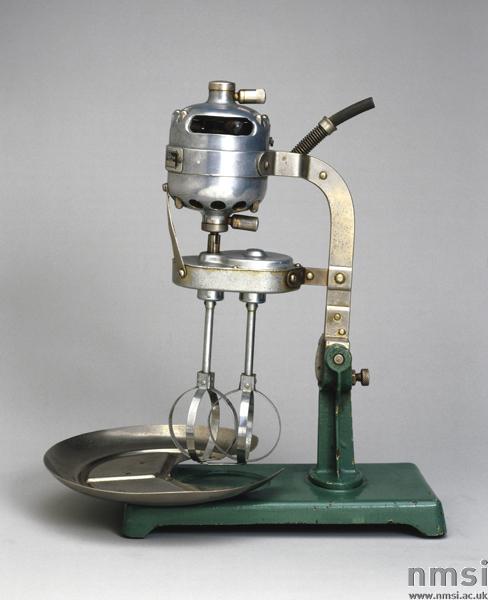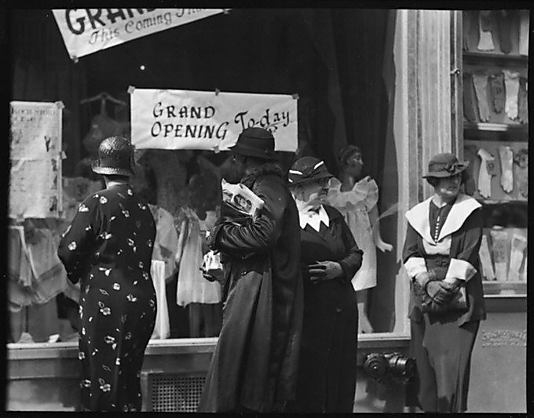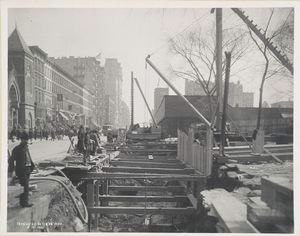Smart Phones and Urban Spaces by John Collins 110717897
- Computers and the internet have revolutionized the way society functions. Increasingly, they have made every facet of life more quantifiable. Communication has been made easier and more efficient and information is now defused at an incredible rate, with an unprecedented level of accessibility. The knock on effect is that people, particularly in more developed parts of the world, are part of very different patterns of consumption and communication. People buy products online, without ever speaking to a single person. People maintain interpersonal relationships which span the globe.
While society has engaged with digital media for decades, for the most part this engagement was desk based, stationary. Admittedly multimedia and social networking sites had begun to enthral people. Online communities started to become forums for opinion on a myriad of social aspects central to actual life. But once a user left their computer they would instantly sever ties with the digital world. The digital world could not infringe on the mobile nature of the tangible world. But smart phones, and to a lesser extent, tablets have made the digital world more dynamic. The digital world is now moving parallel with real life in terms of accessibility and relevance to society. What a person writes on their twitter or Facebook accounts is often accepted as tantamount to what they do or who they are.
How we interact, opine, consume and represent ourselves by way of digital media is continually and increasingly reflected in the physical urban environment. Shops, pubs and restaurants provide free Wi-Fi, which has become a vital component for any service business, so much so that coffee and Wi-Fi are near synonymous at this point. Even in transit, in and between urban centres, Wi-Fi has become a basic amenity. This is emblematic of how fundamental access to digital media has become. This is largely due to the prominence of smart phones and, to a lesser extent, tablets and laptops.
















![Fig 1.1 Description: Engraving: Kitchen, Reform Club. W. Radcliffe after G.B. Moore, c1830 [men, women preparing food] overall: 20.5x27cm http://collectionsonline.nmsi.ac.uk/grabimg.php?wm=1&kv=122852](https://bloggroupzero.wordpress.com/wp-content/uploads/2012/12/a-proj.jpg?w=584&h=526)














![Source: [Missouri Valley Special Collections , ID10009637 ]](https://bloggroupzero.wordpress.com/wp-content/uploads/2012/12/transport-9.jpg?w=584&h=667)
![Source:[USC Digital Library , accession number 3754]](https://bloggroupzero.wordpress.com/wp-content/uploads/2012/12/transport-6.jpg?w=584)
![Source: [Temple University Digital Collections, ID CPA3119]](https://bloggroupzero.wordpress.com/wp-content/uploads/2012/12/transport-7.jpg?w=584)
![Source: [USC Digital Library, ID M13820]](https://bloggroupzero.wordpress.com/wp-content/uploads/2012/12/transport-5.jpg?w=584)